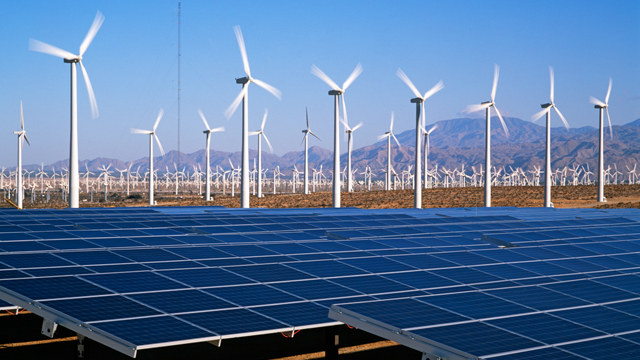
Harnessing Sustainable Energy: Practical Tips for a Greener Future
As the world grapples with environmental challenges, the shift towards sustainable energy is more critical than ever. Explore practical tips to incorporate sustainable energy into your lifestyle and contribute to a greener future.
Understanding Sustainable Energy Sources
To begin the journey towards utilizing sustainable energy, it’s essential to understand the sources available. Renewable sources like solar, wind, hydro, and geothermal energy are considered sustainable as they harness natural elements without depleting finite resources. Familiarize yourself with these sources to make informed decisions about integrating them into your daily life.
Solar Power for Homes and Businesses
Solar energy is a versatile and widely accessible sustainable resource. Consider installing solar panels on your home or business to harness the power of the sun. These panels convert sunlight into electricity, reducing reliance on conventional power sources and lowering your carbon footprint. Government incentives and decreasing installation costs make solar power an increasingly viable option.
Wind Energy: Small-Scale and Beyond
Harnessing the power of the wind is another effective way to utilize sustainable energy. Small-scale wind turbines can be installed on residential properties to generate electricity for personal use. In larger settings, wind farms contribute significantly to the grid. Evaluate your location’s wind potential and explore the feasibility of incorporating wind energy into your energy mix.
Hydropower: A Reliable Energy Source
Hydropower, generated from flowing water, is a reliable and well-established sustainable energy source. While large-scale hydropower plants contribute substantially to global energy production, smaller-scale hydropower systems can be implemented in local settings. Explore the potential of nearby water resources for sustainable energy generation.
Geothermal Energy for Heating and Cooling
Geothermal energy taps into the Earth’s internal heat to provide heating and cooling solutions. Geothermal heat pumps can efficiently regulate indoor temperatures by utilizing stable ground temperatures. Consider implementing geothermal systems in residential and commercial buildings for a sustainable and cost-effective approach to climate control.
Energy-Efficient Appliances and Lighting
Utilizing sustainable energy goes hand in hand with energy efficiency. Invest in appliances and lighting solutions with high energy efficiency ratings. LED bulbs, energy-efficient appliances, and smart home technologies not only reduce energy consumption but also contribute to long-term cost savings.
Community Initiatives and Shared Resources
Explore community initiatives that promote sustainable energy practices. Shared resources, such as community solar projects, allow individuals to collectively invest in and benefit from solar energy. Participating in such initiatives fosters a sense of community engagement and contributes to a broader adoption of sustainable energy practices.
Educational Outreach and Advocacy
Spread awareness about sustainable energy by engaging in educational outreach and advocacy. Share information about the benefits of renewable energy sources and practical tips for implementation. Encourage friends, family, and community members to adopt sustainable energy practices, creating a ripple effect of positive change.
Government Incentives and Policies
Stay informed about government incentives and policies that support sustainable energy adoption. Many governments offer financial incentives, tax credits, and rebates for individuals and businesses transitioning to renewable energy sources. Take advantage of these opportunities to make sustainable energy more economically viable.
Continuous Innovation and Adaptation
The field of sustainable energy is dynamic, with continuous innovations and advancements. Stay abreast of new technologies and methodologies emerging in the sustainable energy sector. Embrace opportunities to upgrade and adapt your sustainable energy infrastructure for increased efficiency and environmental impact.
For more information on How to Utilize Sustainable Energy, visit How to Utilize Sustainable Energy.


